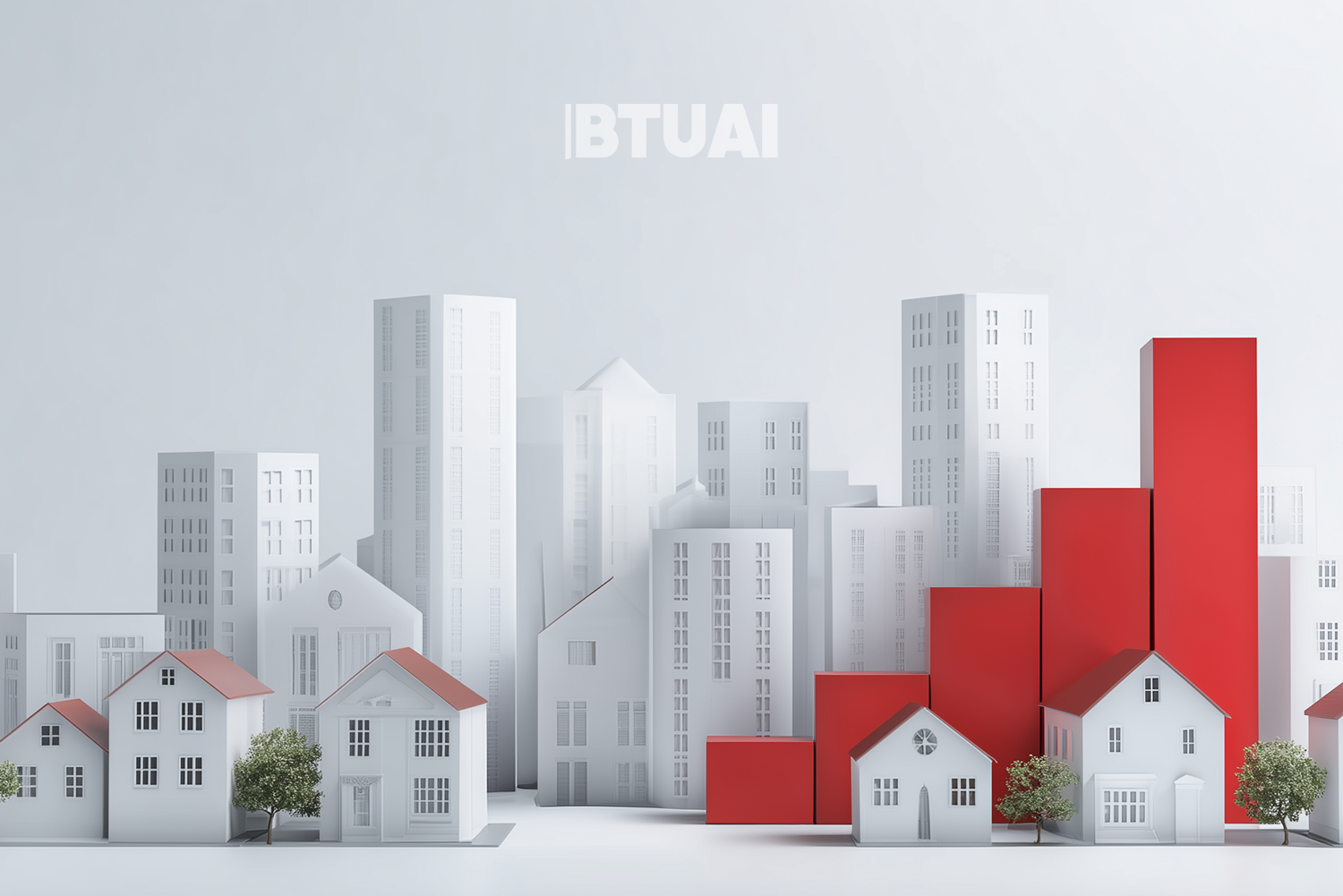Polarization in Tbilisi’s Real Estate Market — How the City Is Splitting Into Premium and Budget Segments
Tbilisi’s residential real estate market is increasingly showing signs of structural polarization. While property prices are rising across the

Tbilisi’s residential real estate market is increasingly showing signs of structural polarization. While property prices are rising across the board, the pace and pattern of growth vary sharply by district. In central and premium neighborhoods like Mtatsminda and Vake, prices have surged more rapidly. Recent data shows the average price per square meter in Vake reaching $2,178, (source: TBC Capital). This growth is largely driven by increasing foreign investment, tourism activity, and high-end demand, which comes not only from locals but also from international buyers.
In contrast, a significant part of the city still maintains characteristics aligned with budget and mid-range segments. Districts like Didi Dighomi, Saburtalo, Samgori, and Gldani remain relatively affordable, with demand largely fueled by local buyers. However, even in these areas, prices are rising — influenced by both rising construction costs and limitations on new supply. While construction material costs slightly declined in early 2025, labor expenses increased by 9%, and equipment costs by 3.7% year-over-year (source: Geostat).
One of the clearest indicators of this divide is the shrinking share of budget apartments. Units priced below $1,000 per square meter made up 66% of the market in 2023, but by March 2025, this share had fallen to just 48% (source: Galt & Taggart). This points to a narrowing window for affordable housing in the city, making it more difficult for residents with average incomes to secure property.
Supply trends add to the challenge. In the first quarter of 2025, the total volume of permits issued for residential construction in Tbilisi dropped by 7.4% compared to the previous year (source: Architecture Service). This reduction in new supply is further fueling price increases in high-demand areas, deepening the imbalance between market segments.
Another factor driving the split is the growing presence of foreign buyers. For example, Israeli citizens accounted for 13% of all residential sales in Q1 2025 (source: Galt & Taggart). This international demand has been concentrated primarily in premium districts, accelerating price growth in those zones and amplifying disparities within the market.
The overall picture is one of a market dividing along socioeconomic lines. On one end are fast-growing, high-value neighborhoods driven by international capital and tourism; on the other are lower-priced districts where local residents are increasingly struggling to keep up. If this trend continues unchecked, it could lead to deepening social and economic fragmentation within the city. Ensuring sustainable growth in Tbilisi’s real estate sector will require carefully designed policies that support both continued investment and housing access for local residents.




